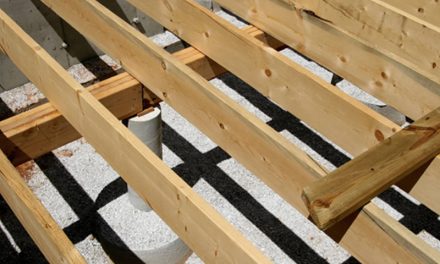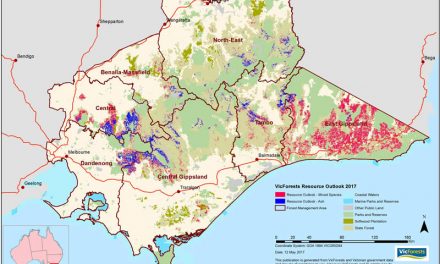However, purchasing machinery is a long term investment, an investment that needs to be integrated into your factory without any unexpected, negative outcomes.
With this in mind, let us consider important questions when purchasing a linear saw to ensure the best investment.
STACKED CUTTING VS. SINGLE BOARD CUTTING
On face value, stacked cutting appears to be more efficient. But is it? Stacked cutting on your linear saw incurs a penalty on machine speed, material loading speed, and can compromise ink-jet marking. Stacking and taping together boards as they are loaded onto the saw takes up more precious time.
Printing also becomes a problem when you have a stack of timber, as the printers can only access the edge or the top surface.
Also, stacked cutting imposes limitations on the ejection order of completed components. This could be problematic in a JIT cutting scenario where cut components are delivered from saw direct to assembly area.
Each of these aspects has the potential to reduce flexibility.
OFF-SAW JOB OPTIMISATION
Optimisation of parts to boards is a critical feature of linear saws. Optimal board length selection, part order, part placement and nesting of parts ensures that waste is reduced. However, some saws require the saw operator to perform the optimising routine at the saw workstation, resulting in reduced cutting time. By performing this important task in the office prior to the job being cut, the operator can pre-pick boards and maximise time.
FLEXIBLE, POWERFUL CUTTING OPTIMISATION – SPEED WITHOUT SPAGHETTI
Can you choose how the parts in the job are optimised? Optimisation without limits usually results in minimum timber waste but also results in additional sorting work and requires a highly skilled operator when stacking timber onto trolleys. Smarter saws have optimisation routines that provide a balance between part-delivery order and waste reduction.
SHORT-PART HANDLING
Having a saw that doesn’t cut short parts well, may force parts of your cutting job to other workstations. Splitting jobs can be inefficient and requires greater co-ordination on the factory floor. Many linear saws can only deliver short parts via the waste conveyor or separate chute, often without any ink-jet marking.
INTELLIGENT WASTE HANDLING
Is the waste kicked off the out feed, or is it cut up into pieces and dropped into a bin? Does the saw you’re considering have options on how to handle the waste?
PLANT INTEGRATED PRODUCTION REPORTING
Do you know what your saw is doing? What sort of productivity feedback can you get from the saw and can that feedback be integrated into your existing plant management system?
EASE OF OPERATION
What level of training and competence is required to run the saw? If your operator is away, how easy is it for someone new to jump on the saw and start operating it?
LOW MAINTENANCE
Does the saw need one hour of maintenance a day or is it just 10 minutes? Remember, every minute you’re not cutting timber is a reduction in the total throughput of the machine.
COST OF OWNERSHIP
Every machine has an ongoing cost of ownership. There are always additional costs such as maintenance, printer ink costs, service costs, etc., all of which add to the overall cost of ownership. Replacement parts may constitute considerable expense especially if the parts are unique to the saw manufacturer, whereas being able to buy standard automation components ‘off-the-shelf’ from local suppliers often means a quicker repair and a lower cost.
MACHINERY SUPPORT
Purchasing a machine through your nailplate supplier often results in a lower cost of ownership and faster repairs because your nailplate supplier shares in your productivity benefits and is willing to work with you to get your machine up and running ASAP.
Unfortunately this may not be the case for a third party machinery supplier.
While the list above is not comprehensive and some factors may have more of an influence than others for your application, each point is worth considering to ensure you get the most bang for your buck – or maybe that should be ‘sawdust from your savings’!









